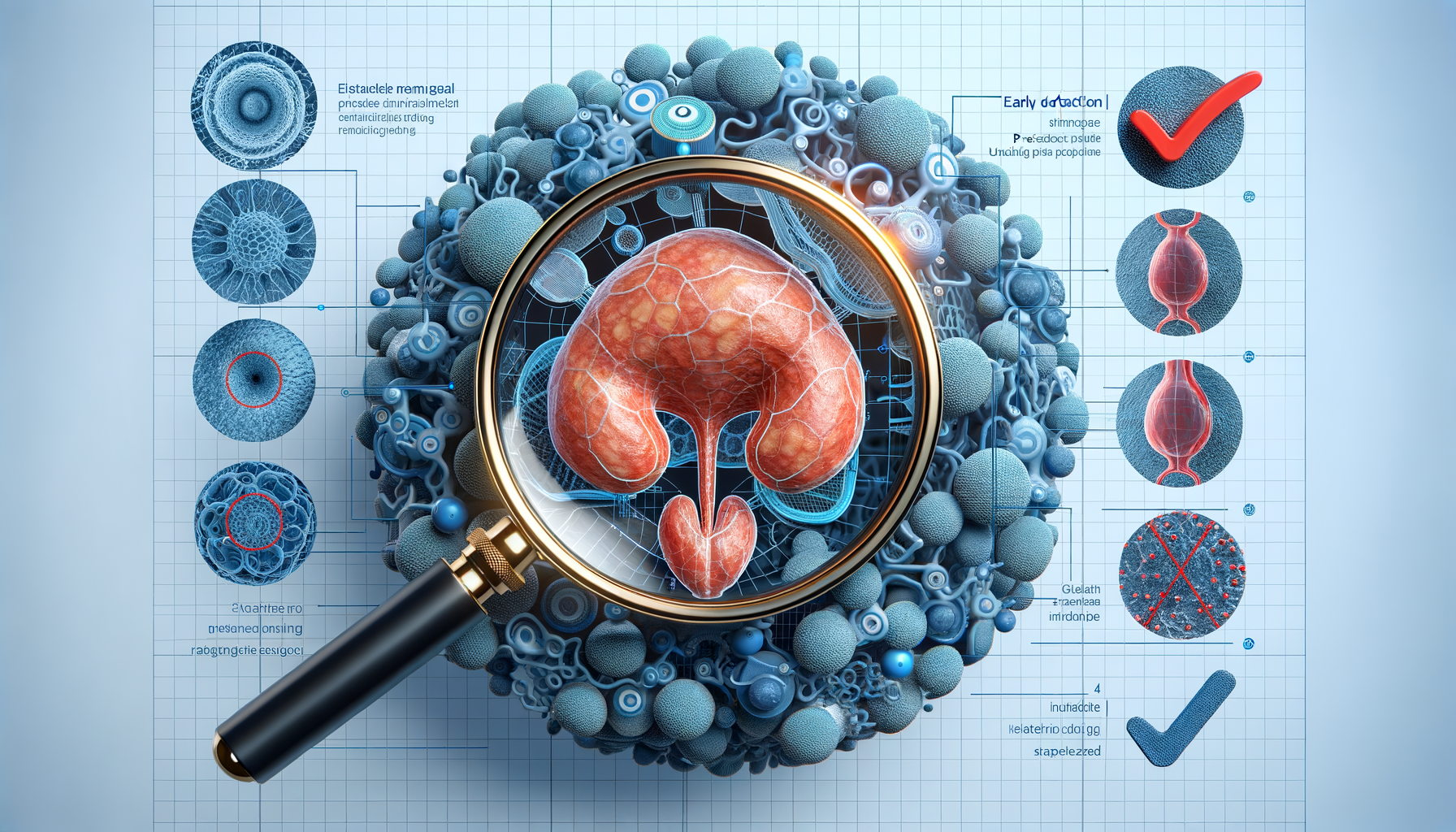
Understanding Prostate Cancer Symptoms
Introduction to Prostate Cancer
Prostate cancer is one of the most common types of cancer affecting men worldwide. It occurs in the prostate, a small gland that produces seminal fluid and plays a crucial role in male reproductive health. Understanding prostate cancer symptoms is essential for early detection and effective treatment, as early-stage prostate cancer often presents with minimal or no symptoms. By the time symptoms become apparent, the cancer may have progressed, making treatment more challenging. Therefore, awareness and education about these symptoms can significantly impact outcomes and improve survival rates.
Common Symptoms of Prostate Cancer
Prostate cancer symptoms can vary widely from person to person, and in some cases, individuals may not experience any symptoms at all. However, there are several common symptoms that men should be aware of:
- Frequent urination, especially at night
- Difficulty starting or stopping urination
- Weak or interrupted urine flow
- Blood in urine or semen
- Painful ejaculation
- Persistent pain in the back, hips, or pelvis
These symptoms can also be indicative of other non-cancerous conditions, such as benign prostatic hyperplasia (BPH) or prostatitis. Therefore, it is important for individuals experiencing these symptoms to consult with a healthcare provider for a thorough evaluation.
Understanding the Risk Factors
Several risk factors can increase a man’s likelihood of developing prostate cancer. Age is a significant factor, with the majority of cases occurring in men over 65. Family history also plays a crucial role; men with a father or brother who has had prostate cancer are at a higher risk. Additionally, certain genetic mutations and lifestyle factors, such as diet and physical activity, can influence risk. African American men are also at a higher risk of developing prostate cancer compared to men of other races. Understanding these risk factors can help in making informed decisions about screening and prevention strategies.
Diagnostic Approaches
When prostate cancer symptoms are present, or if a man is at high risk, several diagnostic tests can be performed to confirm the presence of cancer. The most common initial test is the prostate-specific antigen (PSA) blood test, which measures the level of PSA in the blood. Elevated levels may indicate the presence of cancer, although other conditions can also cause high PSA levels. A digital rectal exam (DRE) is another common test, where a healthcare provider feels the prostate for abnormalities. If these tests suggest the presence of cancer, further diagnostic procedures, such as a biopsy or imaging tests, may be recommended to confirm the diagnosis and determine the cancer’s stage.
Conclusion: The Importance of Awareness and Regular Check-Ups
Prostate cancer is a significant health concern for men, and early detection is key to successful treatment. Understanding the symptoms and risk factors associated with prostate cancer can lead to timely medical consultation and intervention. Regular check-ups and screenings, especially for those at higher risk, are crucial in catching the disease in its early stages. By staying informed and proactive about prostate health, men can significantly improve their chances of successful treatment and maintain a good quality of life.


